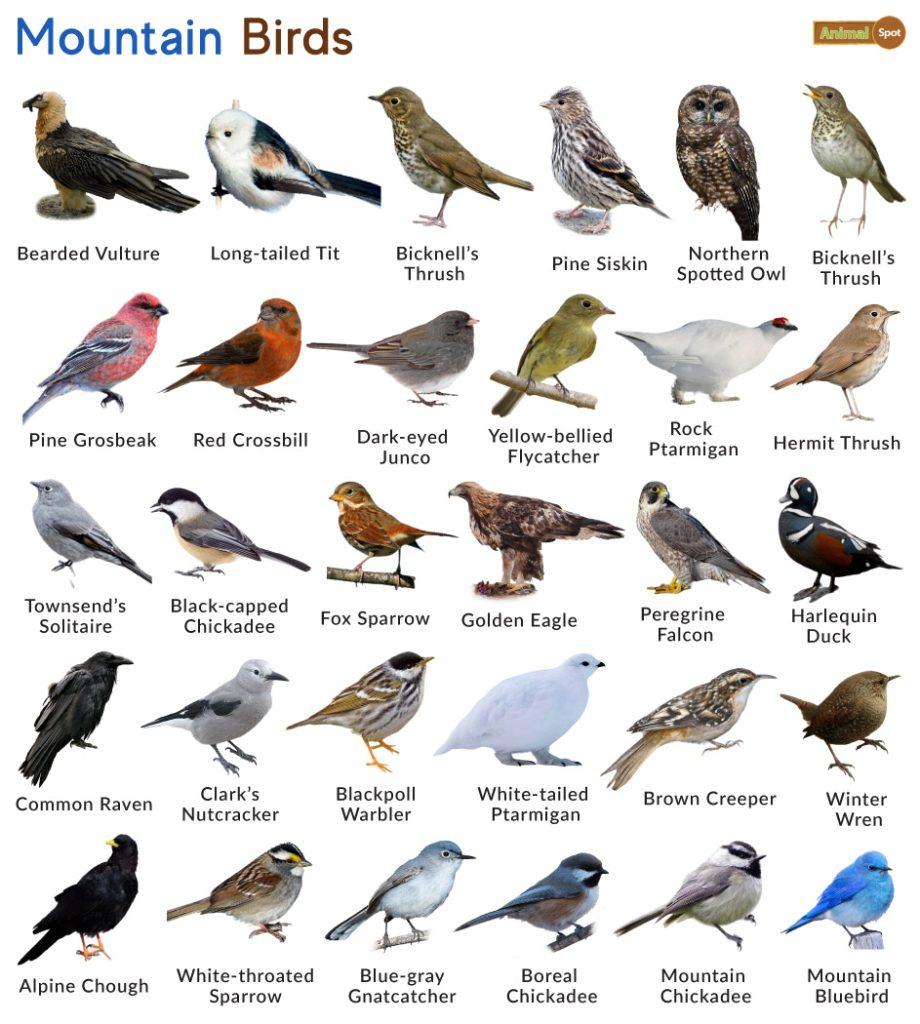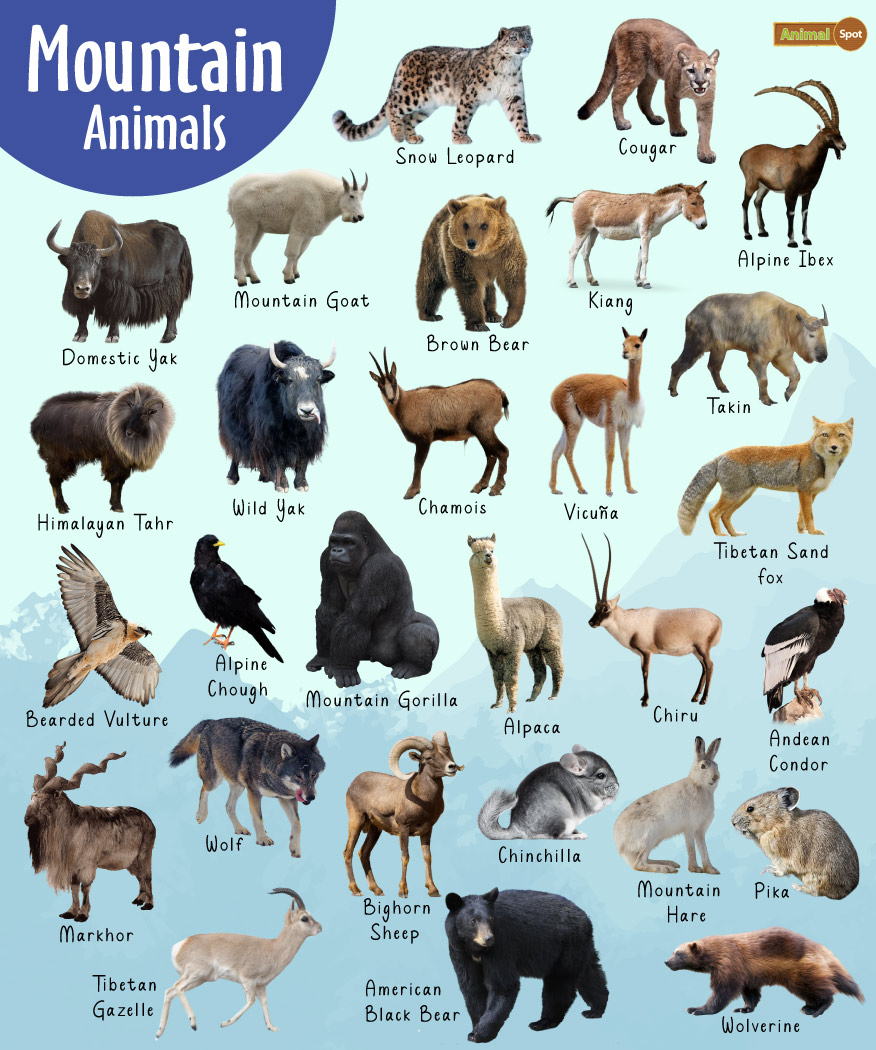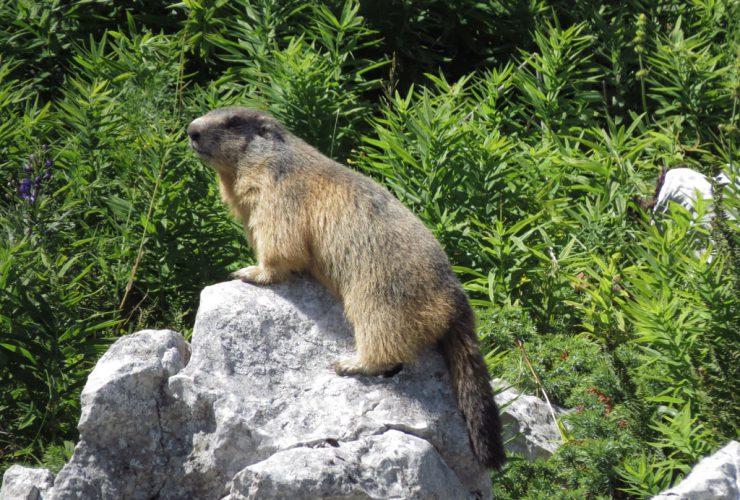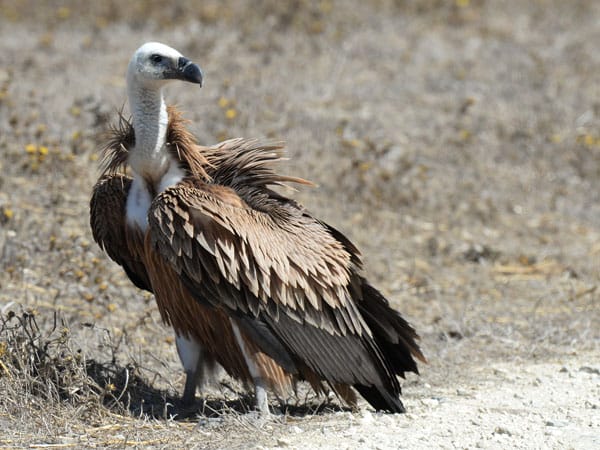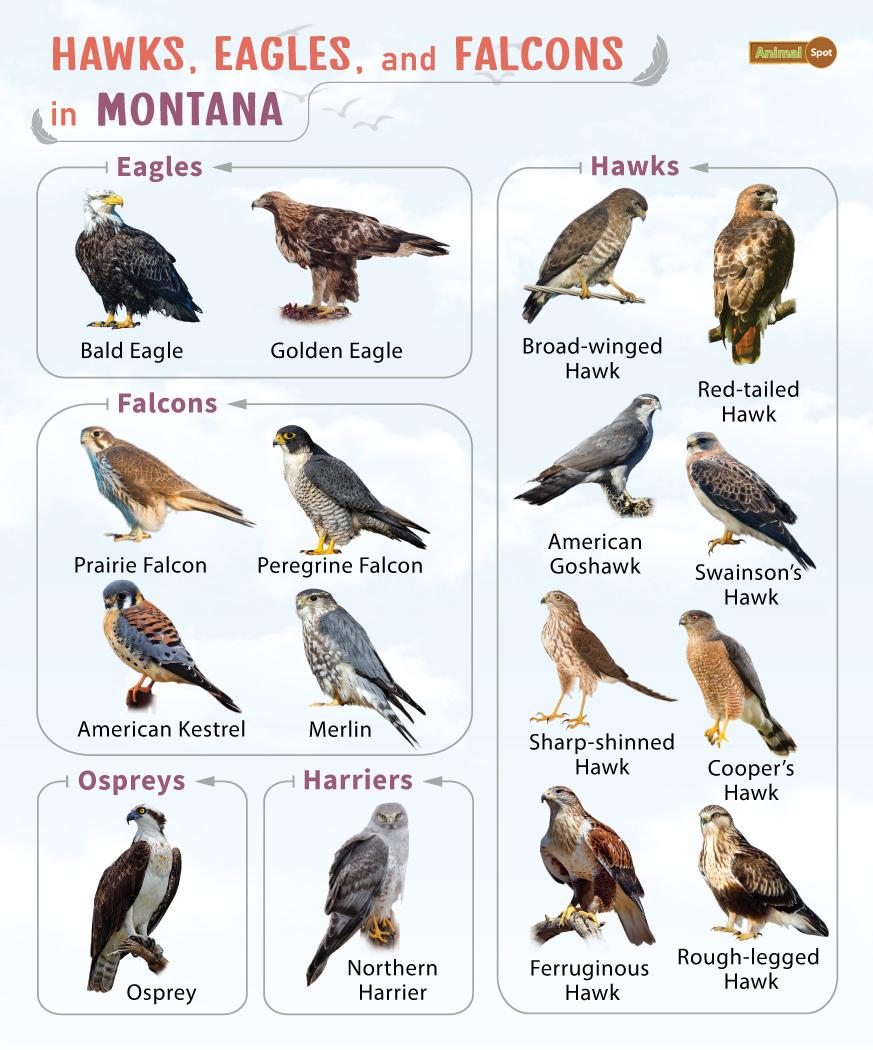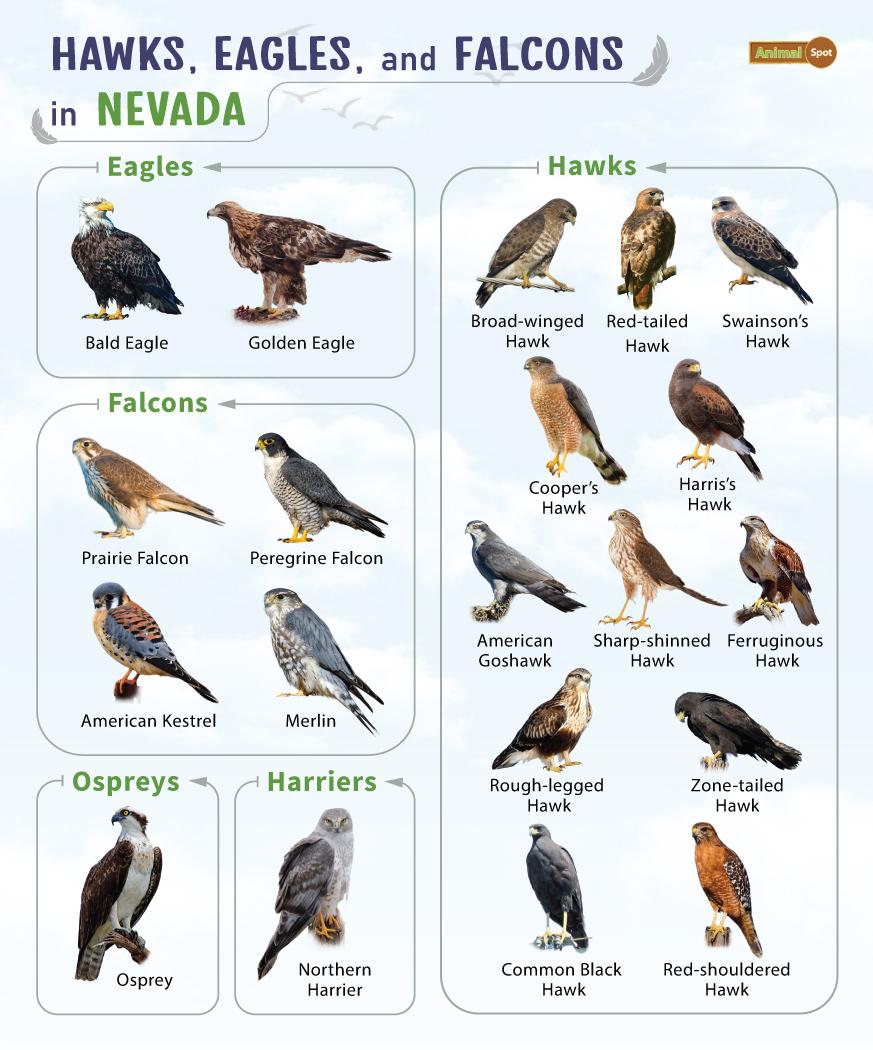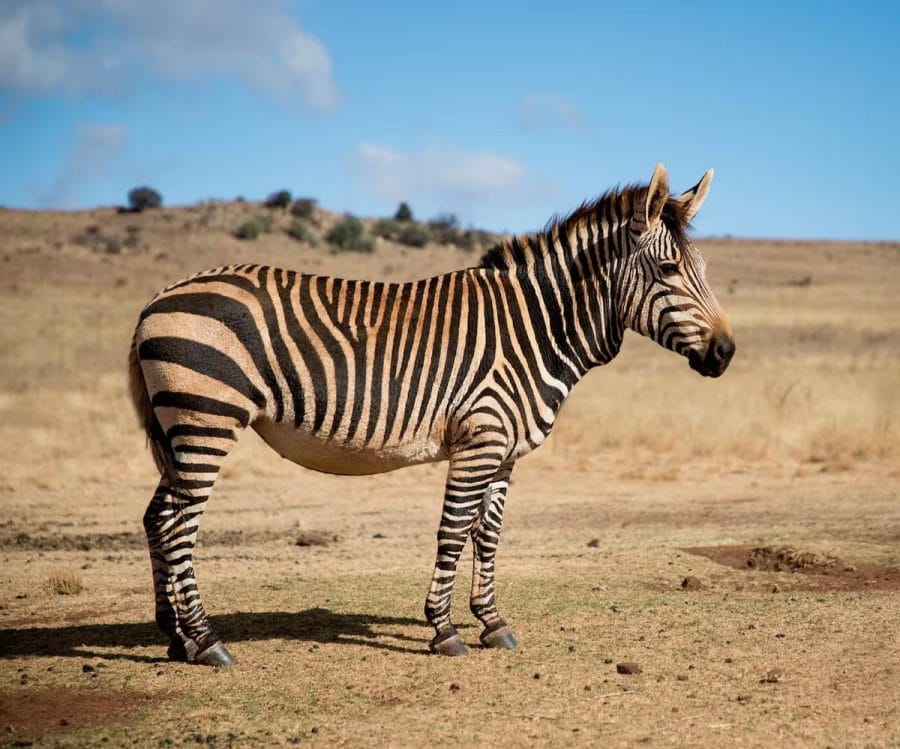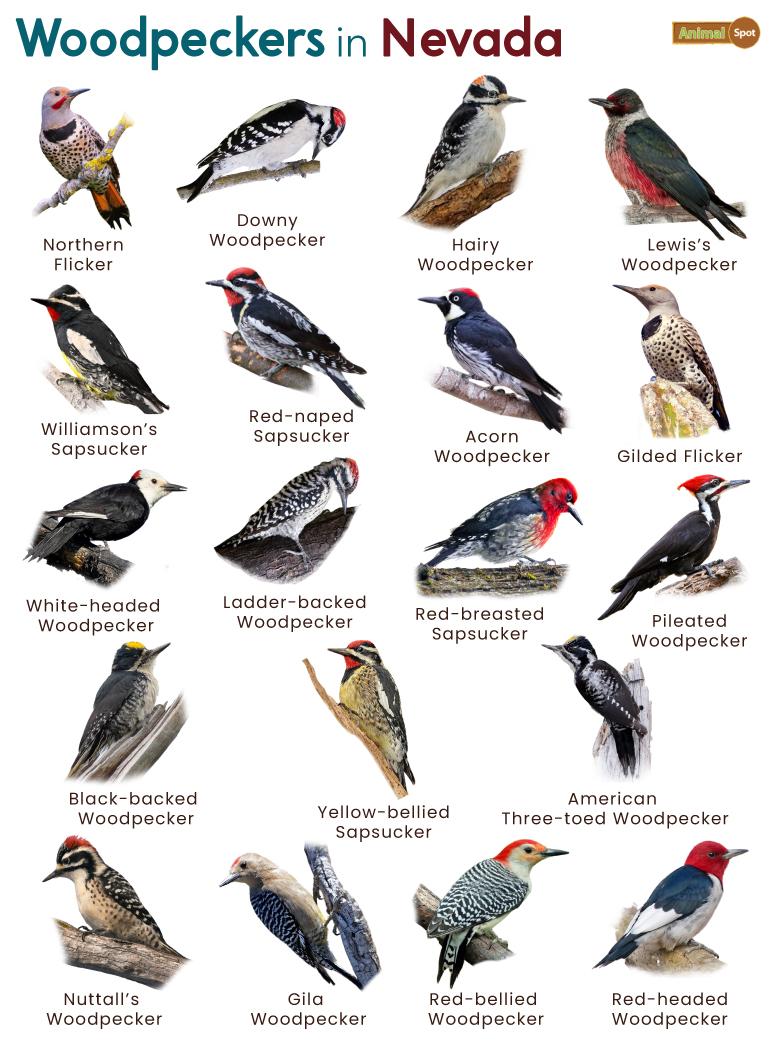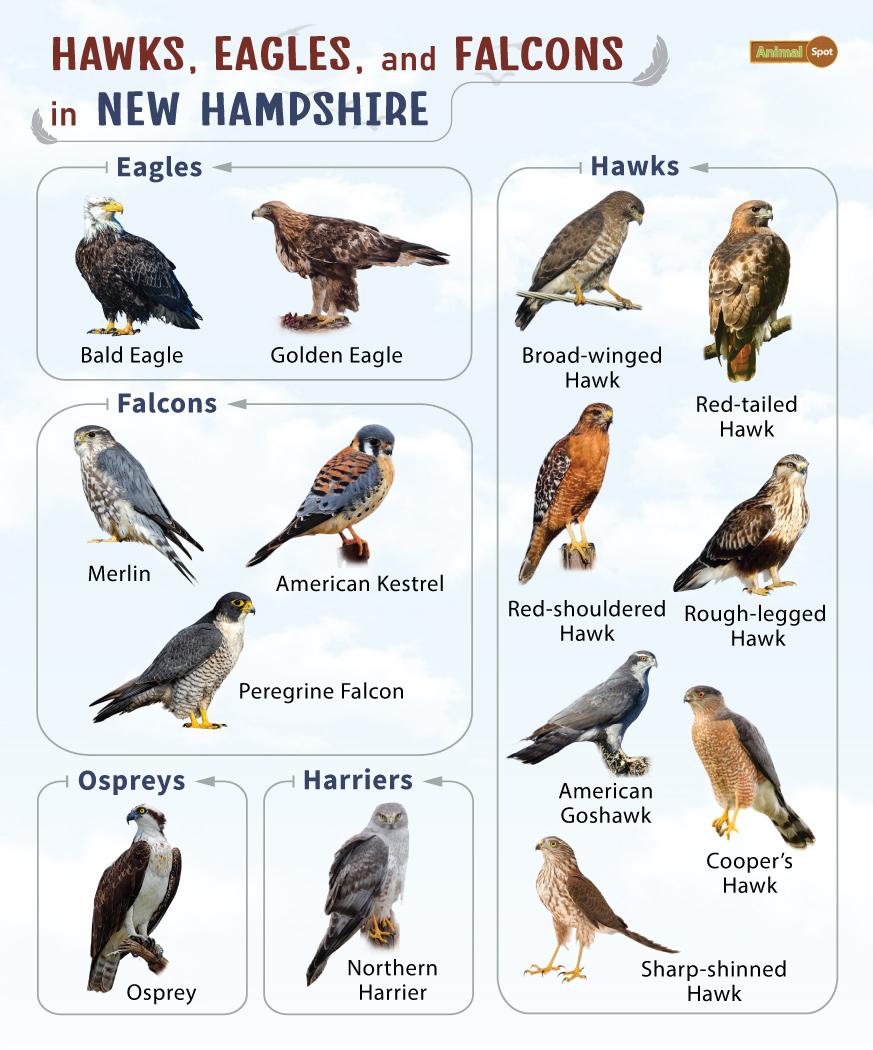| Alpine Chough | From the part of the Alps in Spain to part of the Himalayas in China |
| Bearded Vulture | Throughout Eurasia and Africa, including the Atlas Mountains, the Alps, the Himalayas, and the Altai Mountains |
| Bicknell’s Thrush | From Quebec and Nova Scotia in Canada to the Adirondack Mountains in New York |
| Black-capped Chickadee | From southern Canada to the northern United States |
| Blackpoll Warbler | From Alaska to the Adirondack Mountains, throughout most of Canada |
| Blue-gray Gnatcatcher | Southern Ontario, eastern and southwestern United States, and Mexico. |
| Boreal Chickadee | Throughout Canada and the northern United States |
| Brown Creeper | From southern Canada to northern Mexico, encompassing almost the entirety of the United States |
| Clark’s Nutcracker | Western North America, ranging from British Columbia to New Mexico |
| Common Raven | The Arctic and most temperate habitats in North America and Europe |
| Dark-eyed Junco | Throughout North America, wherever coniferous forests are found |
| Fox Sparrow | Mainly in Canada, but also in Alaska and parts of California and Oregon |
| Golden Eagle | Throughout North America and Eurasia |
| Harlequin Duck | Greenland, Iceland, northern parts of Russia and North America |
| Hermit Thrush | Canada, southern Alaska, and parts of northeastern and western United States |
| Long-tailed Tit | The temperate region of Eurasia, approximately from Scandinavia to the Mediterranean region |
| Mountain Bluebird | Western North America, from Alaska to Mexico |
| Mountain Chickadee | From Yukon, Canada, to the Rocky Mountains in the United States |
| Northern Spotted Owl | From southwestern Canada to Oregon |
| Peregrine Falcon | Worldwide, except Antarctica |
| Pine Grosbeak | Temperate parts of northern Eurasia and North America |
| Pine Siskin | Canada and Alaska |
| Red Crossbill | Eurasia and North America |
| Rock Ptarmigan | Northern parts of Europe and North America |
| Swainson’s Thrush | From Alaska to Argentina, encompassing parts of the United States (mainly Florida), Costa Rica, Panama, and Bolivia |
| Townsend’s Solitaire | From southern Alaska and parts of Canada (Alberta and British Columbia) to the Great Plains in Mexico |
| White-tailed Ptarmigan | Mainly Alaska, but occasionally seen in northern Canada |
| White-throated Sparrow | Throughout North America, from central Canada and New England to the eastern and southern United States |
| Winter Wren | Eastern North America, from British Columbia to southern states in the United States |
| Yellow-bellied Flycatcher | From Canada and the American northeast to Mexico and Central America |

